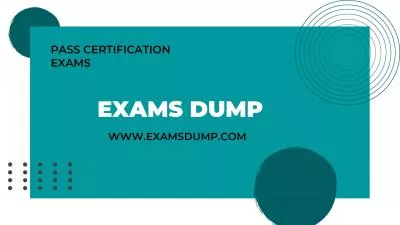PPT-Spring 2013 Student Performance Analysis
Author : kittie-lecroy | Published Date : 2016-05-24
EndofCourse Reading Standards of Learning 1 Presentation may be paused and resumed using the arrow keys or the mouse Using Word Analysis Strategies SOL 93 103 and
Presentation Embed Code
Download Presentation
Download Presentation The PPT/PDF document "Spring 2013 Student Performance Analysis" is the property of its rightful owner. Permission is granted to download and print the materials on this website for personal, non-commercial use only, and to display it on your personal computer provided you do not modify the materials and that you retain all copyright notices contained in the materials. By downloading content from our website, you accept the terms of this agreement.
Spring 2013 Student Performance Analysis: Transcript
Download Rules Of Document
"Spring 2013 Student Performance Analysis"The content belongs to its owner. You may download and print it for personal use, without modification, and keep all copyright notices. By downloading, you agree to these terms.
Related Documents

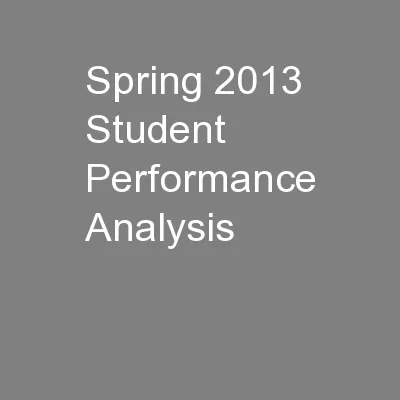
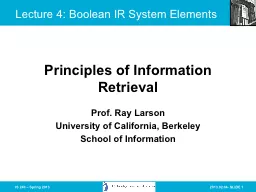
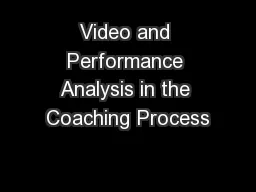
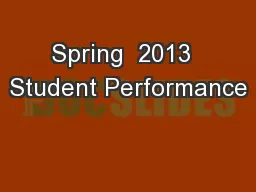
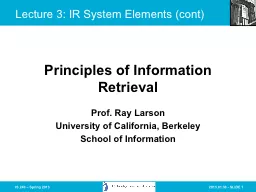

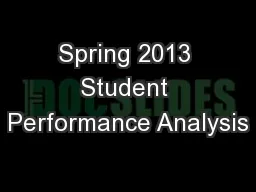
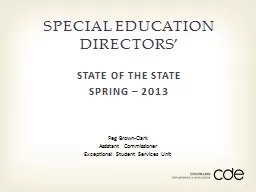
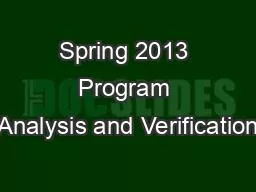



![[READING BOOK]-Hands-On High Performance with Spring 5: Techniques for scaling and optimizing](https://thumbs.docslides.com/973206/reading-book-hands-on-high-performance-with-spring-5-techniques-for-scaling-and-optimizing-spring-and-spring-boot-applications.jpg)
